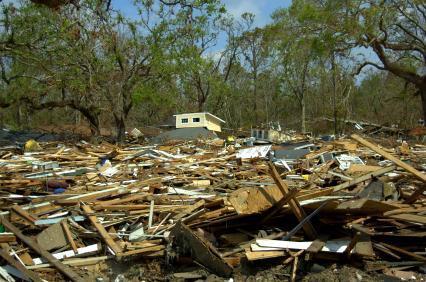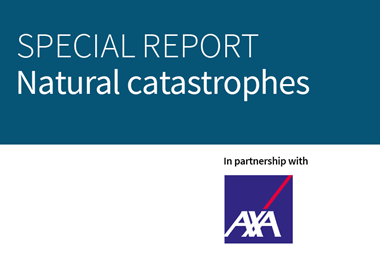By taking control of their own data, risk managers are improving their negotiating positions for the best insurance prices

A quiet revolution is happening in decision-making surrounding earthquake risk, whereby quantitative methods are beginning to supersede the traditional probabilistic approach. As this happens, risk managers are finding themselves in a stronger negotiating position, because they have a much clearer idea of the value of their exposure.
John Kamnikar, director, insurance, global property Americas, at hotels group Marriott International, buys insurance for about 1,260 hotels, primarily in North America. “The primary driver of our total insured value is windstorm risk, whether in Florida, the Caribbean, or parts of South America, but our California earthquake exposure is nearly $2 billion,” he says.
Kamnikar relies on his brokers to visit exposed hotels with a high value. “They gather all the characteristics of the building – the year of build, the number of floors, the construction, the foundation, the roof system, the walls, everything. And then we take that information and run catastrophic modelling, both on an individual hotel basis and on a portfolio-wide basis, to determine how much of earthquake insurance limits we are going to purchase.”
The modelling looks at data such as proximity to fault lines, and the building’s susceptibility to damage from earthquakes of different magnitudes. “Then they take historical earthquake information into play and say, okay, if a one in 250 years earthquake were to hit, here’s the damage that you could expect on an individual basis and for all of your hotels.”
The trend for quantitative risk assessment of this kind is leading risk managers, supported by brokers, to collect ever-more detailed and accurate data than before so that they can measure exposures accurately.
Caroline Woolley, EMEA property practice leader, Marsh, says, “We have a very clear view of best practice in relation to risk management and risk transfer for natural catastrophe risk.
“We begin by mapping natural hazard risk, not only the client’s locations but suppliers, customers, ports and transportation hubs, looking at the whole value chain.”
The next step is modelling, and this is where the need for complete and accurate data comes in. “It’s amazing how certain data points can influence the result and cost of insurance. Missing roof information, for example, means that the model assumes the worst position, but it may be a strong roof with good materials.
“We are encouraging our clients to take control of this, and to ensure that all the information provided is correct.”
Risk managers are then in a better position to compare between insurers, whose different accumulations of risk will affect pricing. “By getting into the position where, as a risk manager, you have the full data, you can then see that the difference in price is not your data but actually the insurers’ position in relation to their accumulation,” says Woolley. “This really starts to put the risk manager in a much stronger position for insurance purposes, and it helps to focus attention for risk management and loss prevention work.”
Having a clear understanding of the value of earthquake exposure means risk managers are better able to negotiate, particularly in the current soft market.
Kamnikar says: “Limits are pretty readily available and pretty cheap these days. Any time we can transfer the risk of a loss to a third-party instead of self-insuring, we like to do that.
“We are trying to buy as much as possible, knowing that if an earthquake were to hit in a populous area, whether the US or Mexico or where-have-you, the price of insurance will go up significantly.”
Kamnikar is taking advantage of soft market conditions to negotiate lower deductibles, which can be 5% to 10% for major earthquakes in California or Mexico. “We are always trying to lower those so that our out-of-pocket costs in the event of a loss are as low as possible.”
By taking control of their own data and putting themselves in the driving seat, risk managers can start to negotiate harder in other areas too.
As part of a company-wide commitment to sustainability, Marsh’s property practice is introducing green building clauses and resilient repairs clauses to some policies.
“The principal of insurance is like-for-like, but that’s a bit old fashioned nowadays. If a building has been devastated by an earthquake, you want to reinstate it in more robust way,” explains Woolley. “It’s all part of trying to make cities and buildings more resilient for the future. Insurers are willing to include these clauses, as long as we get the costing right.”




















No comments yet